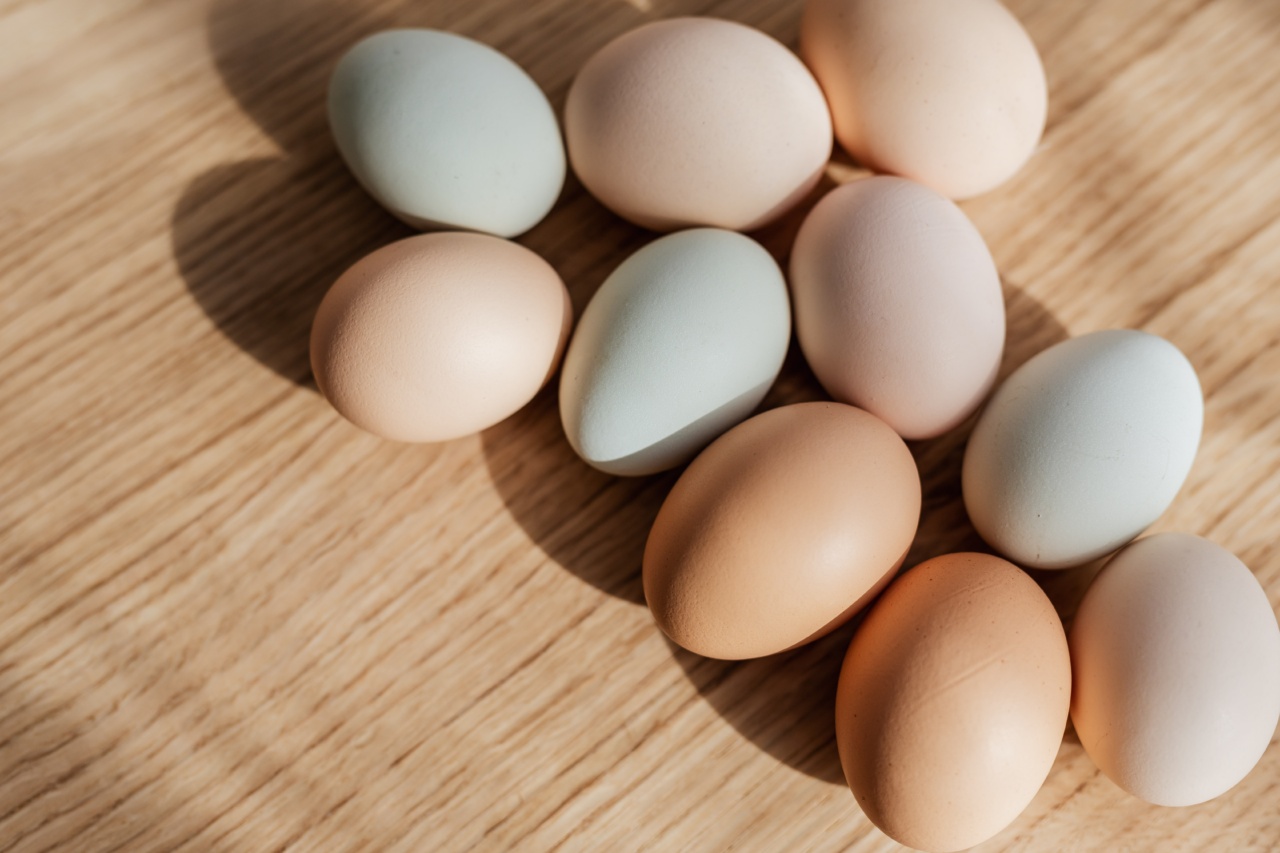Easter is a time for celebration with family and friends. This often means preparing a big meal for everyone to enjoy. But it’s important to remember that food safety should always be a top priority, especially when cooking for a large group.
Here are ten tips for safe Easter meal preparation:.
1. Wash Your Hands
Before handling any food, it’s essential to wash your hands with soap and warm water for at least 20 seconds. This simple step can help prevent the spread of harmful bacteria that can cause foodborne illness.
2. Keep Your Work Area Clean
Make sure your work area is clean and sanitized before starting to cook. Clean surfaces, utensils, and cookware thoroughly before and after use, and never reuse anything that has come into contact with raw meat or poultry without washing it first.
3. Cook Food to the Proper Temperature
One of the most important things you can do to prevent foodborne illness is to cook food to the proper temperature. Use a food thermometer to ensure that meat and poultry are cooked to the safe internal temperature. The U.S.
Department of Agriculture (USDA) recommends cooking poultry to 165°F, ground meat to 160°F, and pork, beef, and lamb to 145°F.
4. Store Food Safely
Store food in the refrigerator or freezer at the proper temperature to prevent the growth of harmful bacteria. The temperature inside your refrigerator should be 40°F or below, and the temperature inside your freezer should be 0°F or below.
Always use or freeze perishable food within a few days of purchase.
5. Thaw Food Safely
If you’re thawing meat or poultry, it’s essential to do it safely. The safest way to thaw frozen food is in the refrigerator, but you can also use the microwave or cold water.
Never leave food out at room temperature to thaw, as this can allow bacteria to grow.
6. Keep Hot Foods Hot and Cold Foods Cold
When serving food, it’s crucial to keep hot foods hot and cold foods cold. Use chafing dishes and warming trays to keep hot food hot, and ice baths or coolers to keep cold food cold.
Never leave food out at room temperature for more than two hours, or one hour if the temperature is above 90°F.
7. Avoid Cross-Contamination
Cross-contamination is the transfer of harmful bacteria from one food to another. This can happen when using the same cutting board or utensils for different foods, or when handling raw meat or poultry.
To avoid cross-contamination, always use separate cutting boards and utensils for raw meat and poultry, and wash your hands between handling different foods.
8. Be Careful with Leftovers
Leftovers can be a delicious way to enjoy your Easter meal again, but it’s essential to handle them safely. Refrigerate leftovers promptly, and store them in shallow containers to allow them to cool quickly.
Reheat leftovers to 165°F or until steaming hot before eating.
9. Don’t Forget About Allergies
Many people have food allergies or sensitivities, so it’s important to be mindful of this when preparing your Easter meal.
Label dishes that contain common allergens like nuts, dairy, or gluten, and consider offering alternatives for those with dietary restrictions.
10. Use Safe Cooking Practices
Finally, always use safe cooking practices when preparing your Easter meal.
This includes using a meat thermometer to check the temperature of your food, avoiding consuming raw or undercooked meat or eggs, and washing your hands, utensils, and work surfaces thoroughly.






























